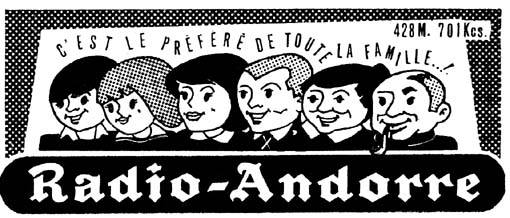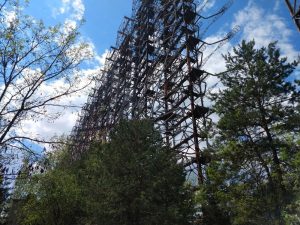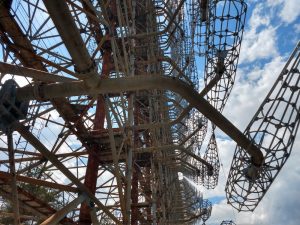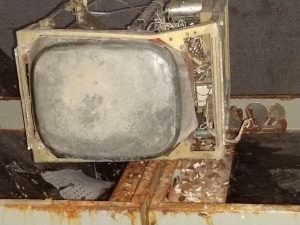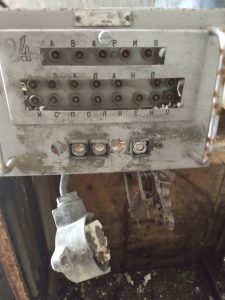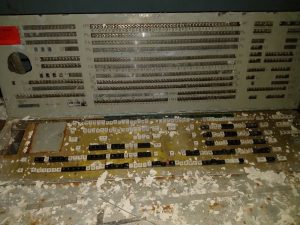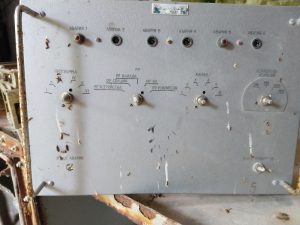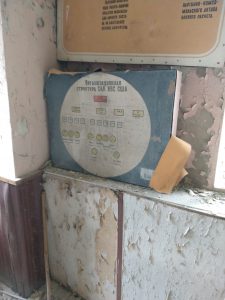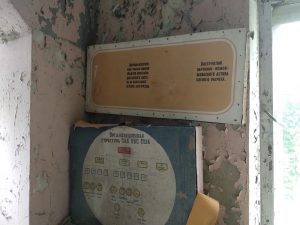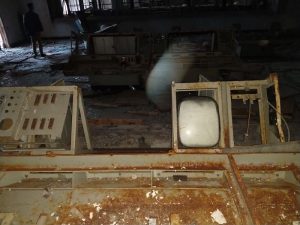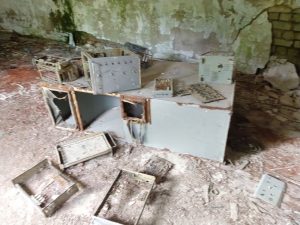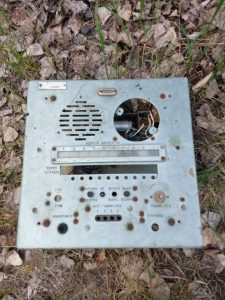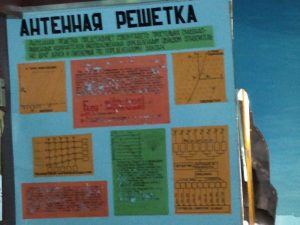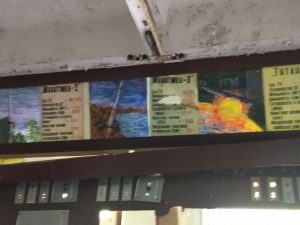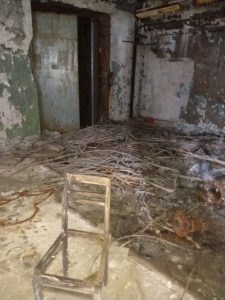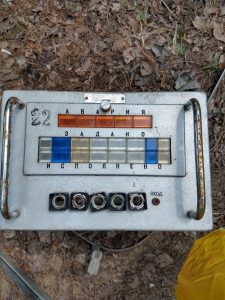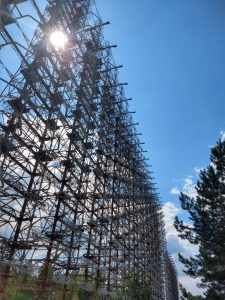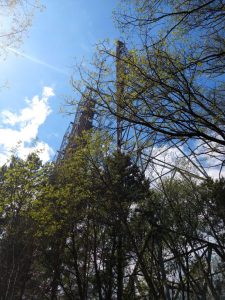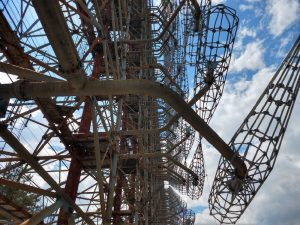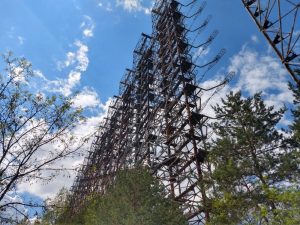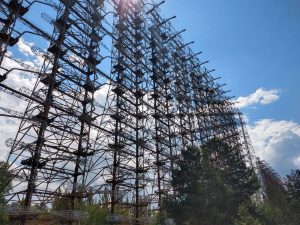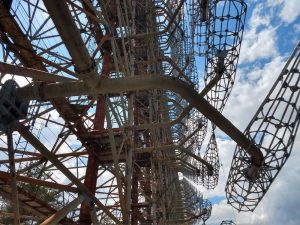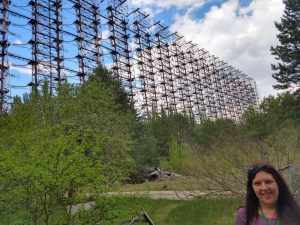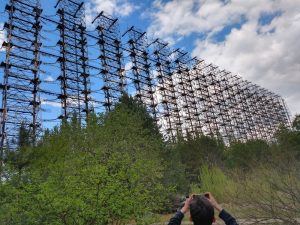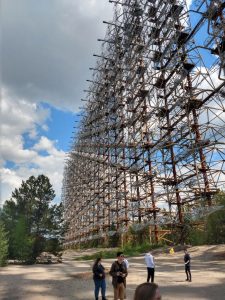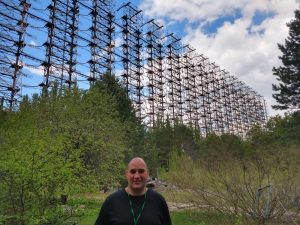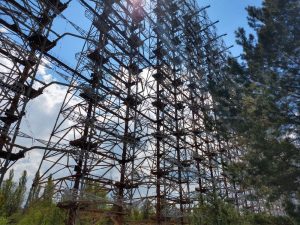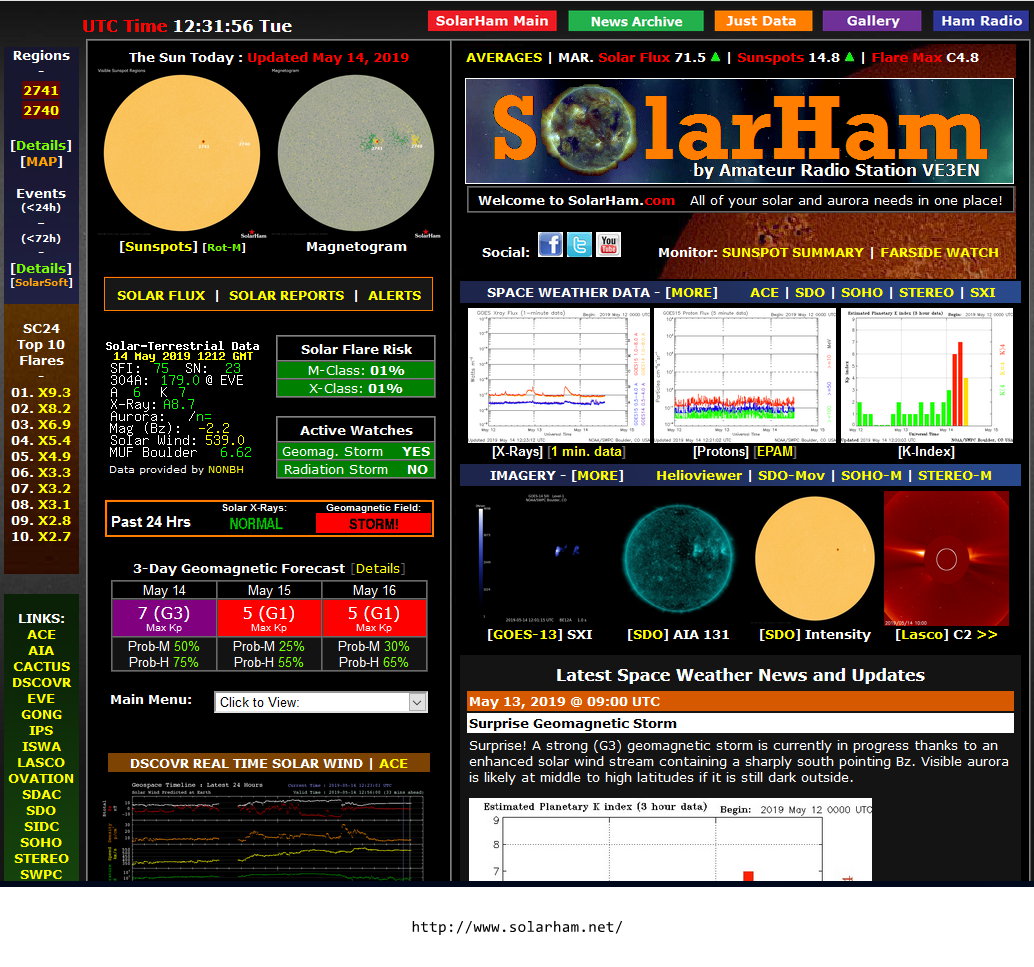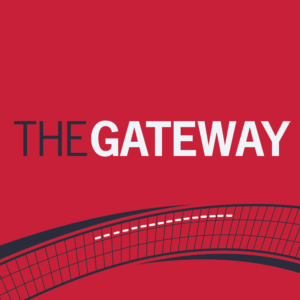 Many thanks to SWLing Post contributor, Ed, who shares this update regarding RM Broadcasting:
Many thanks to SWLing Post contributor, Ed, who shares this update regarding RM Broadcasting:
(Source: Department of Justice, Office of Public Affairs)
FOR IMMEDIATE RELEASE
Monday, May 13, 2019
Court Finds RM Broadcasting Must Register as a Foreign Agent
U.S. District Court Judge Robin L. Rosenberg has ruled that a Florida-based company, RM Broadcasting LLC (RM Broadcasting), was acting as an agent of a foreign principal and must register as such under the Foreign Agents Registration Act of 1938 (FARA).
The Department of Justice contended in a civil counterclaim that RM Broadcasting has been acting as an agent of the the Federal State Unitary Enterprise Rossiya Segodnya International Information Agency (Rossiya Segodnya), a Russian state-owned media enterprise created by Vladimir Putin to advance Russian interests abroad. The litigation marked the first FARA civil enforcement action since 1991. Assistant Attorney General for National Security John C. Demers and U.S. Attorney Ariana Fajardo Orshan for the Southern District of Florida made the announcement.
“The American people have a right to know if a foreign flag waves behind speech broadcast in the United States,” said Assistant Attorney General Demers. “Our concern is not the content of the speech but providing transparency about the true identity of the speaker. This case shows that the Department can and will utilize all of its tools to bring transparency to efforts by foreign entities to influence the American public and our government, and demonstrates our renewed effort to enforce FARA rigorously.”
“While the right to free speech remains paramount to our democracy,” U.S. Attorney Ariana Fajardo Orshan said. “FARA ensures that the American public is fully cognizant of the true source of the messages broadcast in the United States. Armed with full information, Americans may properly evaluate the value of the speech they hear. As such, FARA is a fundamental tool in our continuing efforts to defend our democracy.”
In November 2017, RM Broadcasting and Rossiya Segodnya entered into a services agreement pursuant to which RM Broadcasting would provide for the broadcast of Rossiya Segodnya’s “Sputnik” radio programs on AM radio channel 1390 WZHF in the Washington, D.C. region. Under this agreement, RM Broadcasting could not alter Rossiya Segodnya’s radio programs in any way. As the services agreement established Rossiya Segodnya’s direction and control over RM Broadcasting, the FARA Unit of the National Security Division informed RM Broadcasting that it was acting as a publicity agent and an information-service employee of Rossiya Segodnya and was required to register as an agent of a foreign principal.
RM Broadcasting initiated the proceeding in the Southern District of Florida seeking a declaratory judgment that it did not have to register as an agent of a foreign principal. The Department responded by filing a counterclaim seeking an injunction to require RM Broadcasting to register. Earlier this week, the court granted the Department’s motion for judgment on the pleadings. A final judgment directing RM Broadcasting to register under FARA is expected.
This case was handled by Assistant U.S. Attorney Matthew J. Feeley and Trial Attorney Nicholas Hunter of the National Security Division’s Counterintelligence and Export Control Section.
About FARA
The purpose of FARA is to protect the national defense, internal security, and foreign relations of the United States by requiring public disclosure by persons engaging in political activities and other activities for or on behalf of foreign governments, foreign political parties and other foreign principals so that the Government and the people of the United States may be informed of the identity of such persons and may apprise their statements and actions in the light of their associations and activities.
Component(s):
National Security Division (NSD)
USAO – Florida, Southern
Press Release Number:
19-519


